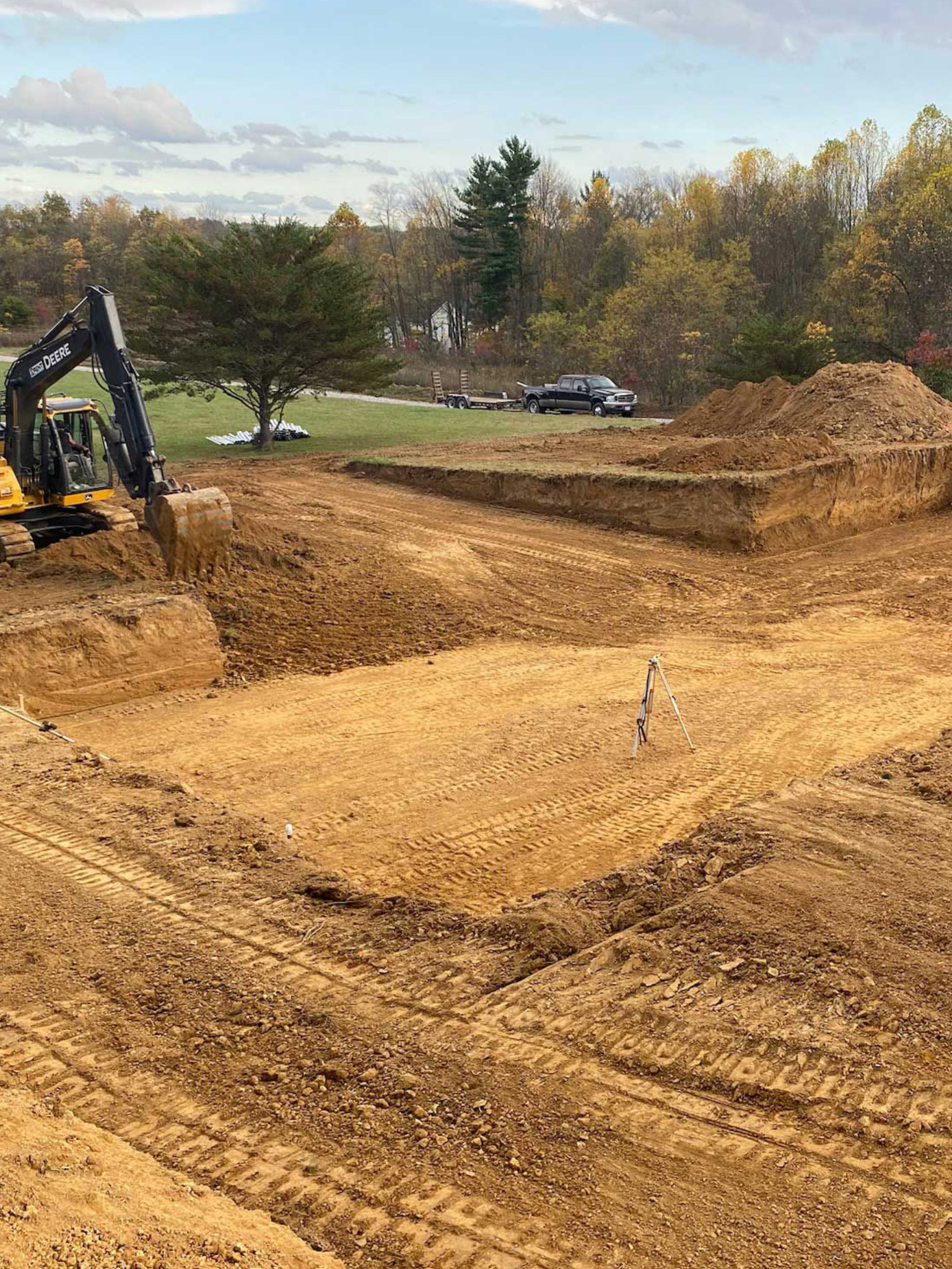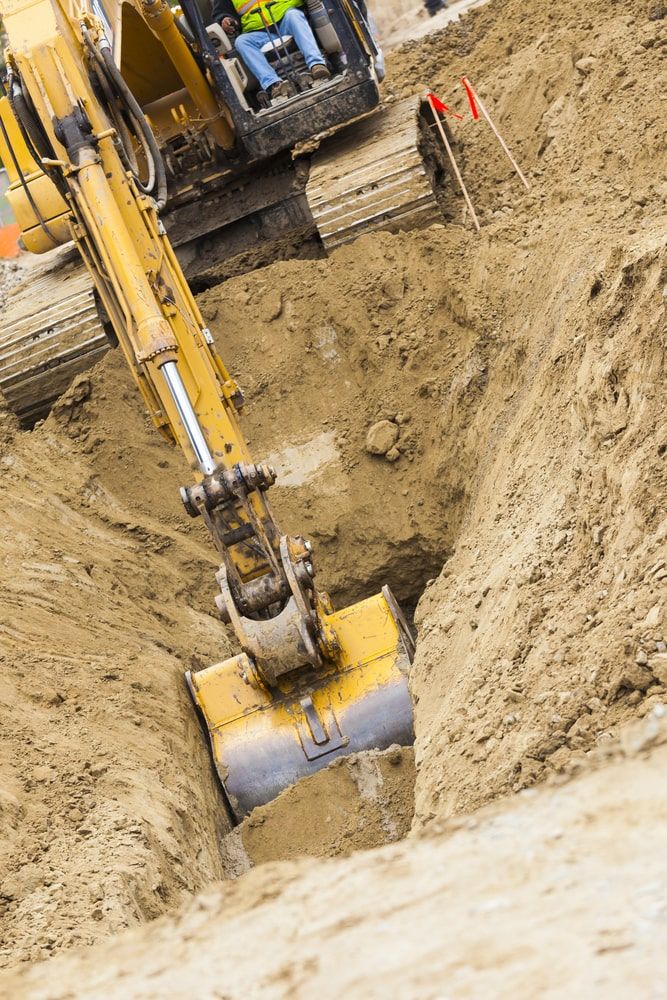Comprehensive Exploration: The Scientific Research Behind Superior Excavation Practices
The world of excavation practices is a domain where scientific research intertwines with craftsmanship to discover the secrets concealed under the earth's surface. From ancient hand devices to modern-day hydraulic excavators, the advancement of excavation methods has actually been a testament to human ingenuity and technical improvements. Nonetheless, what genuinely establishes remarkable excavation methods apart is a deep understanding of geological concepts, combined with the usage of advanced devices and methods. By exploring the scientific research behind these methods, we can reveal the secrets that exist below our feet and appreciate the accuracy and experience that go right into every dig.
Evolution of Excavation Strategies
Throughout background, the development of excavation methods has actually played an important role beforehand building and construction techniques and archaeological explorations. From the rudimentary devices utilized by our ancestors to the innovative equipment utilized in modern-day times, the development of excavation methods has dramatically changed how we come close to different projects.
In old times, hands-on labor with basic devices such as shovels, pickaxes, and wheelbarrows was the key approach of excavation. This labor-intensive process restricted the depth and extent of excavations, commonly resulting in slow-moving progress and limited access to specific websites. Nevertheless, as civilizations progressed, so did the devices and techniques used for excavation.
The Industrial Transformation noted a turning factor in excavation techniques with the intro of steam-powered equipment. This innovation revolutionized the field, enabling faster and extra substantial excavations. In modern times, technology plays a critical function in excavation, with advancements like GPS systems, drones, and 3D scanning improving accuracy and efficiency in the field. The development of excavation methods remains to form the means we build, check out, and understand the world around us.
Duty of Modern Technology in Excavation

The integration of sophisticated innovation has basically reinvented the area of excavation, improving accuracy and effectiveness to unprecedented levels - dump truck companies in ohio. One of the essential technical innovations that has dramatically impacted excavation methods is the utilization of General practitioner systems.
Moreover, the advent of 3D modeling and simulation software application has structured the planning process for excavation tasks. Drivers and engineers can now envision the entire excavation procedure prior to beginning, determining potential challenges and enhancing workflow. In conjunction with this, the execution of drones in excavation tasks has promoted airborne studies, volumetric measurements, and site assessments with unparalleled rate and precision.
Geological Concepts in Excavation
An understanding of geological principles is crucial for making sure the architectural honesty and stability of excavation websites. Geological factors play an important duty in determining the usefulness and safety and security of excavation jobs (lancaster excavation). One crucial geological principle to think about is the kind of soil or rock present at the website. Different soil types, such as sand, crushed rock, or clay, have differing degrees of security and need different excavation methods. For instance, cohesive soils like clay may call for added support to stop collapses, while sandy soils might be susceptible to erosion throughout excavation.
Furthermore, the geological structure of the location, including faults, cracks, and rock developments, must be meticulously examined to recognize prospective risks and obstacles. Digging deep into near fault lines or unsteady rock developments can bring about instability and potential hazards. By performing comprehensive geological surveys and evaluation, excavators and designers can establish approaches to alleviate threats and guarantee the effective webpage completion of excavation projects. Eventually, incorporating geological concepts into excavation methods is crucial for attaining safe, effective, and lasting results.

Most Current Devices for Excavation
In the world of excavation methods, contemporary developments in tools have actually changed the performance and precision of excavation procedures. These drones can offer detailed airborne surveys of excavation sites, offering real-time data on topography and potential hazards.
An additional cutting-edge tool gaining popularity is the implementation of 3D printing innovation for creating custom excavation tools. This permits for the production of specialized devices that are customized to the particular requirements of a job, boosting efficiency and decreasing downtime.
Furthermore, innovations in materials scientific research have resulted in the growth of more powerful and much more sturdy excavation tools. excavating ohio. Tungsten carbide-tipped excavator add-ons, that site for example, deal superior efficiency in challenging ground problems, improving performance on-site
Science's Influence on Excavation Practices

Furthermore, clinical research on soil auto mechanics and geotechnical design has actually supplied beneficial understandings into soil habits, permitting excavation professionals to make educated choices regarding excavation methods and soil stabilization methods. On the whole, science continues to drive development and renovation in excavation techniques, making excavation projects much more reliable, cost-effective, and sustainable.

Conclusion
Finally, the development of excavation strategies has been considerably influenced by developments in technology and a deeper understanding of geological concepts. The most up to date devices and tools used in excavation have actually enhanced visit this website effectiveness and precision in the field. The application of scientific understanding has substantially boosted excavation practices, causing a lot more lasting and efficient methods for digging deep into different kinds of products.
In the world of excavation methods, contemporary developments in tools have transformed the efficiency and precision of excavation procedures. By leveraging clinical concepts, the excavation sector has actually been able to dramatically boost performance, precision, and security in excavation processes. GPR permits excavation groups to non-invasively scan and map subsurface structures, utilities, and potential dangers, allowing them to intend excavation tasks with better precision and lowered danger of accidents.
Additionally, scientific research study on soil mechanics and geotechnical design has provided valuable insights right into soil habits, allowing excavation specialists to make educated decisions regarding excavation approaches and dirt stabilization strategies. Generally, scientific research continues to drive development and renovation in excavation methods, making excavation jobs much more reliable, cost-effective, and lasting.